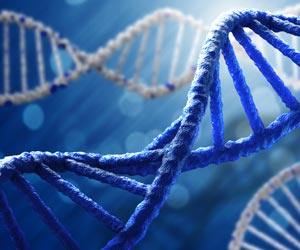, migraines, and recurrent nightmares appear concurrently with this disorder. Little has been known about the genes involved in causing the co-morbid condition of PTSD and migraines. The study sought to explore more about this co-occurrence using monozygotic twin subjects.
“Our results suggest that common genes and signaling pathways are involved in PTSD and migraine, and this might explain why PTSD and migraine can co-occur frequently,” said Prof Divya Mehta, senior author of the study.
Probing Deep into the Co-occurrence
The researchers divided six pairs of monozygotic twins as a group where one of each pair had PTSD and 15 pairs of monozygotic twins as another group in which one of each pair had migraine. They used the peripheral blood samples from the subjects and validated 11 candidate genes, including DOCK2, DICER1, and ADCYAP1.
The outcomes of the epigenome-wide analyses revealed that 132 specific sites in 99 genes were associated with PTSD and migraines in the samples of participants in the second group. The genes related to PTSD were participating in high numbers in vascular smooth muscle, axon guidance, and oxytocin signaling pathway. In contrast, genes linked to both PTSD and migraine headaches were engaged in AMPK signaling and longevity regulating pathways.
What Does the Study Add up to?
The findings of this novel study suggest the role of shared environmental risk factors that could act on the genes for both PTSD and migraines. Further, it emphasizes the need for changes to be made in therapies to manage co-morbidities like these.
Metha concluded: “For co-occurring disorders such as PTSD and migraines, once we know which common genes are implicated in both disorders, we can develop new therapeutics to target these, thereby reducing symptoms and curing both.”
Reference:
- Bainomugisa CK, Sutherland HG, Parker R, Mcrae AF, Haupt LM, Griffiths LR, Heath A, Nelson EC, Wright MJ, Hickie IB, Martin NG, Nyholt DR and Mehta D (2021) Using Monozygotic Twins to Dissect Common Genes in Posttraumatic Stress Disorder and Migraine. Front. Neurosci. 15:678350. doi: 10.3389/fnins.2021.678350
Source: Medindia



